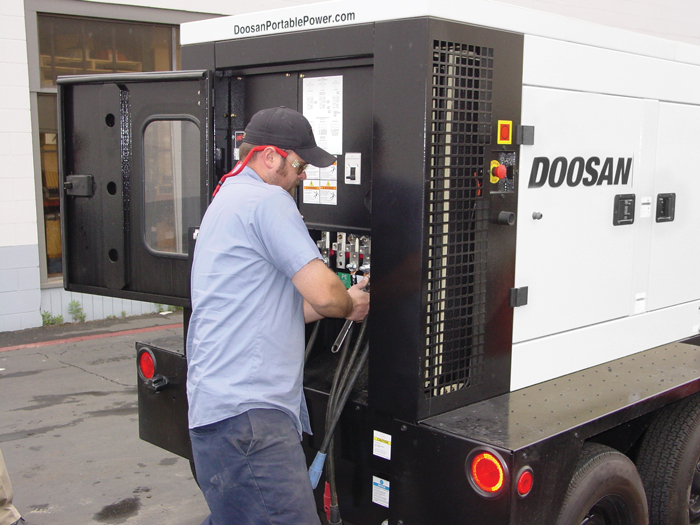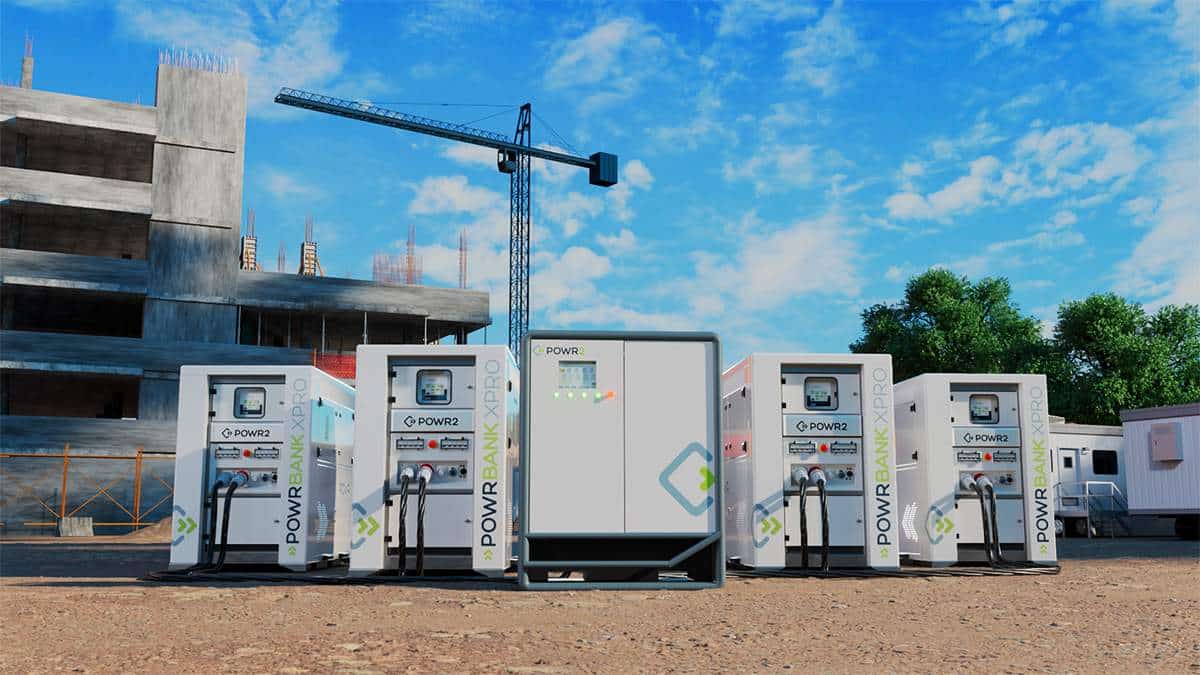When Hurricanes Strike Have the Correct Generator

Because of this, portable generators are often an integral element of the rebuilding process after disaster strikes — providing the power necessary to run lighting, air compressors for pneumatic tools, submersible pumps to drain flood water or small diesel or kerosene heaters used to dry out an area before mold forms. For contractors tasked with working to build — or rebuild — in these challenging situations, John Garcia, generator specialist with Doosan Portable Power, recommends a few steps be taken during that much-needed warning time often associated with hurricanes.
“The best thing a customer or contractor can do to prepare for power outages is to have a location in mind where they would like to rent a generator in the instance a storm does strike,” says Garcia. “The need for reliable power skyrockets in the wake of a storm, and you want to ensure you have backup power necessary to keep your work moving.”

“A contractor, first and foremost, should look for a contractor-grade product,” he says. “Then, they should assess what their expected load will be by taking inventory of the tools they will be operating with the generator.”
Most electric tools include a data tag which highlights how much amperage the tool requires to operate. Garcia recommends contractors abide by the rule of three, however.
“Anything with a motor will typically have a higher power requirement to start than it does to run,” he notes. “For motors that are less than 15 hp, I always recommend taking the amperage noted on the tool and multiplying it by three to ensure you’ve covered the necessary power required for startup.”
When choosing a generator to power motors greater than 15 hp, including larger tools such as dewatering and trash pumps, a good rule of thumb is to take the amperage noted on the tool and multiply by two to ensure you have the necessary startup power. After adding up wattage requirements, Garcia recommends adding an additional 10 to 15 percent for added flexibility and to provide a little extra insurance. “It’s so easy to forget about one tool when you’re adding up amperage — adding this little bit on top helps account for that,” Garcia says, “and helps protect your tools and the generator.”
Typically, a generator has two power ratings, the standby (surge) rating and the continuous (prime) rating. Garcia says contractors should size their requirements to the continuous rating to ensure optimum performance and maximum lifetime.
“Fuel supply and access can be scarce in the wake of a storm,” further explains Wyatt Franks, assistant product marketing manager for Doosan Portable Power. “It’s important to look for a fuel-efficient unit that can provide power supply for long periods of time. Look for a unit with a reliable engine, and the capacity to run at least 24 hours at a time at 100 percent load.”
Darrin Cline is a public relations writer with Two Rivers Marketing, based in Des Moines, Iowa.




